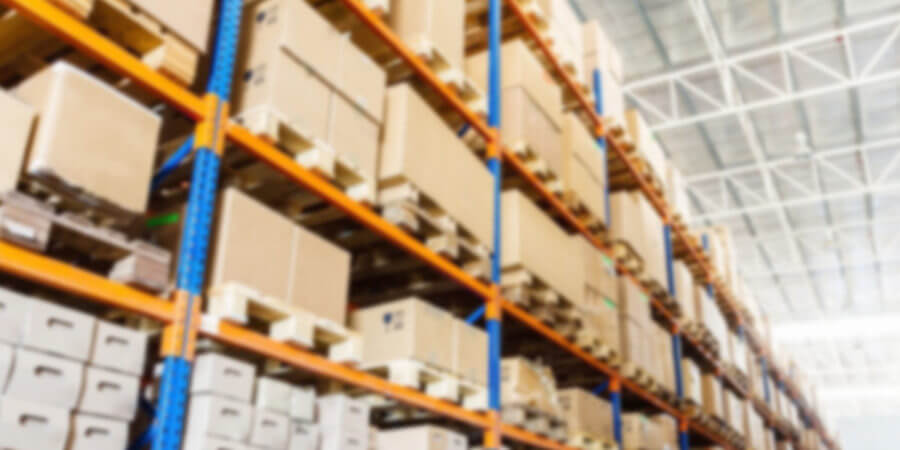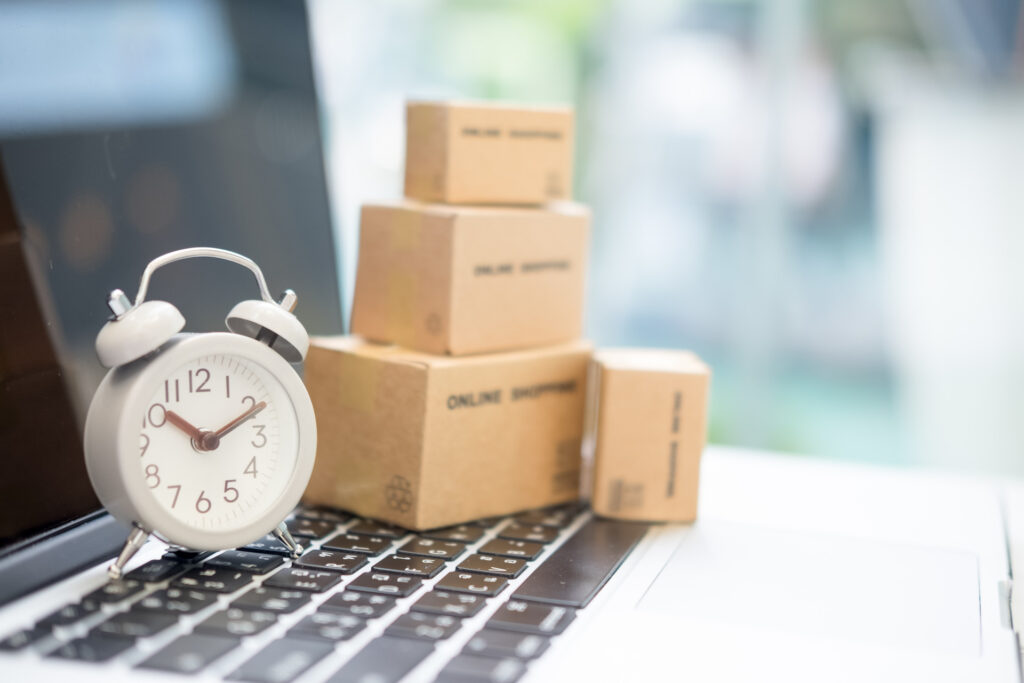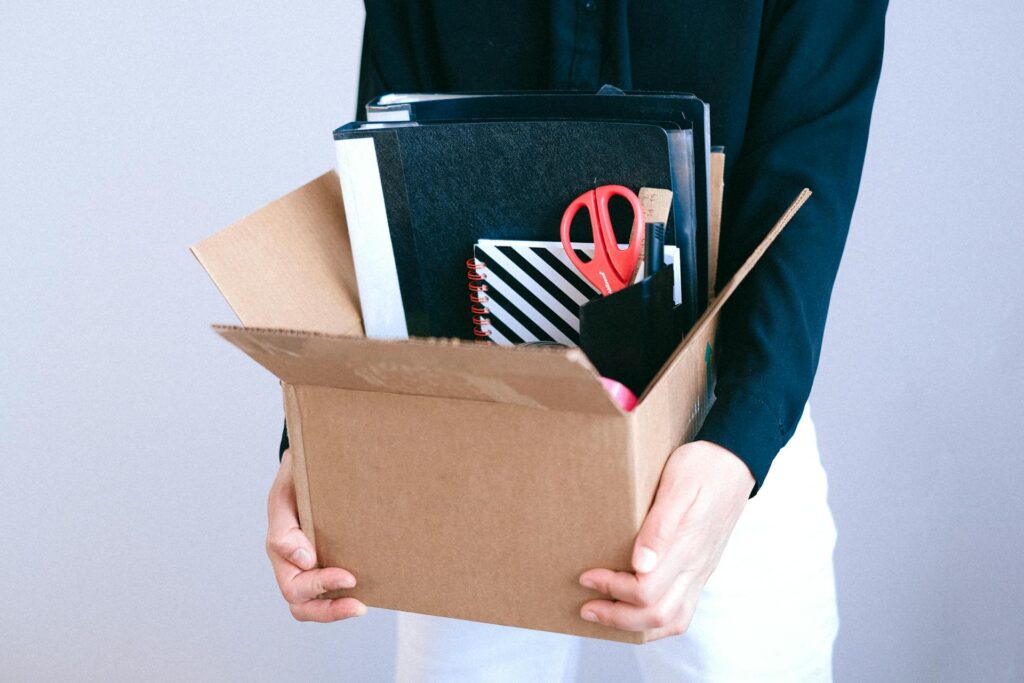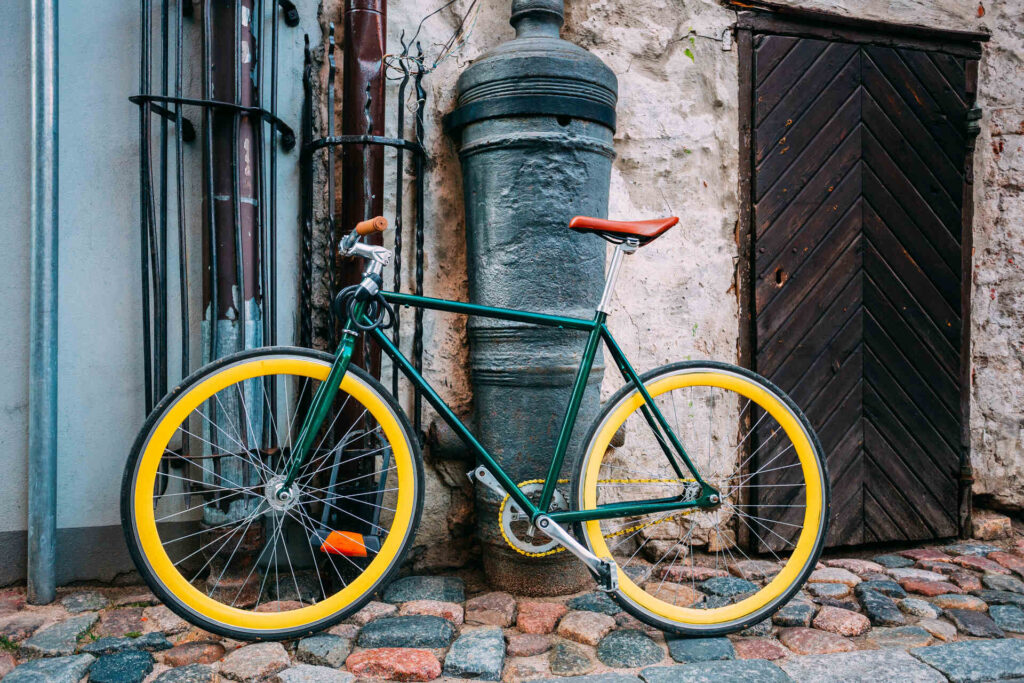Moving to a new home can be an exhilarating adventure, but as you stand amidst piles of belongings, the process of packing can often feel overcomplicated. However, once you learn the art of how to pack for a move, you’ll not only ensure the safety of your possessions during shipping but also discover the gratifying satisfaction of doing it on your own. So, here are some tips and strategies that will help you out.
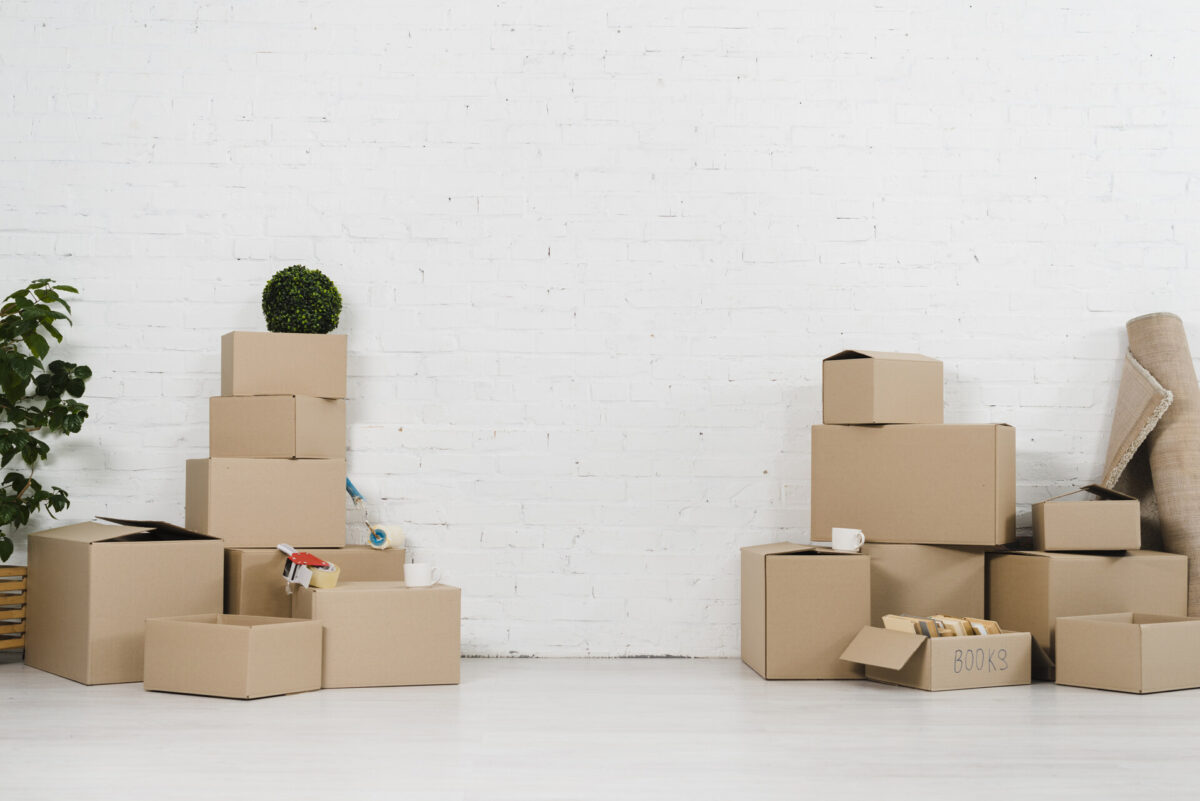

Unlock the Art of How to Pack for a Move, Especially When Moving Internationally
Unlocking the art of how to pack when moving abroad is a crucial skill to master for a smooth and efficient relocation. Relocating to a new country presents unique challenges, such as navigating customs regulations, protecting fragile items during long journeys and shipping overseas, and ensuring the efficient organization of belongings.
By understanding the essential items to take with you, implementing proper wrapping techniques for various items, and considering special considerations for international moves, you can embark on your international adventure with confidence and ease.
Creating a Packing Checklist – Essential Items to Include
Creating a checklist is a fundamental step in preparing for a relocation. This checklist serves as your roadmap, ensuring that you don’t forget any essential items during the process. Start by including the basics, such as clothing, toiletries, and important documents. Consider the specific needs of your destination, such as climate and cultural differences, and organize accordingly.
Don’t overlook kitchenware, bedding, electronics, and any specific items that are essential for your daily routine. By creating a comprehensive packing checklist, you can stay organized, prioritize items, and ensure that you have everything you need for a smooth transition to your new home.
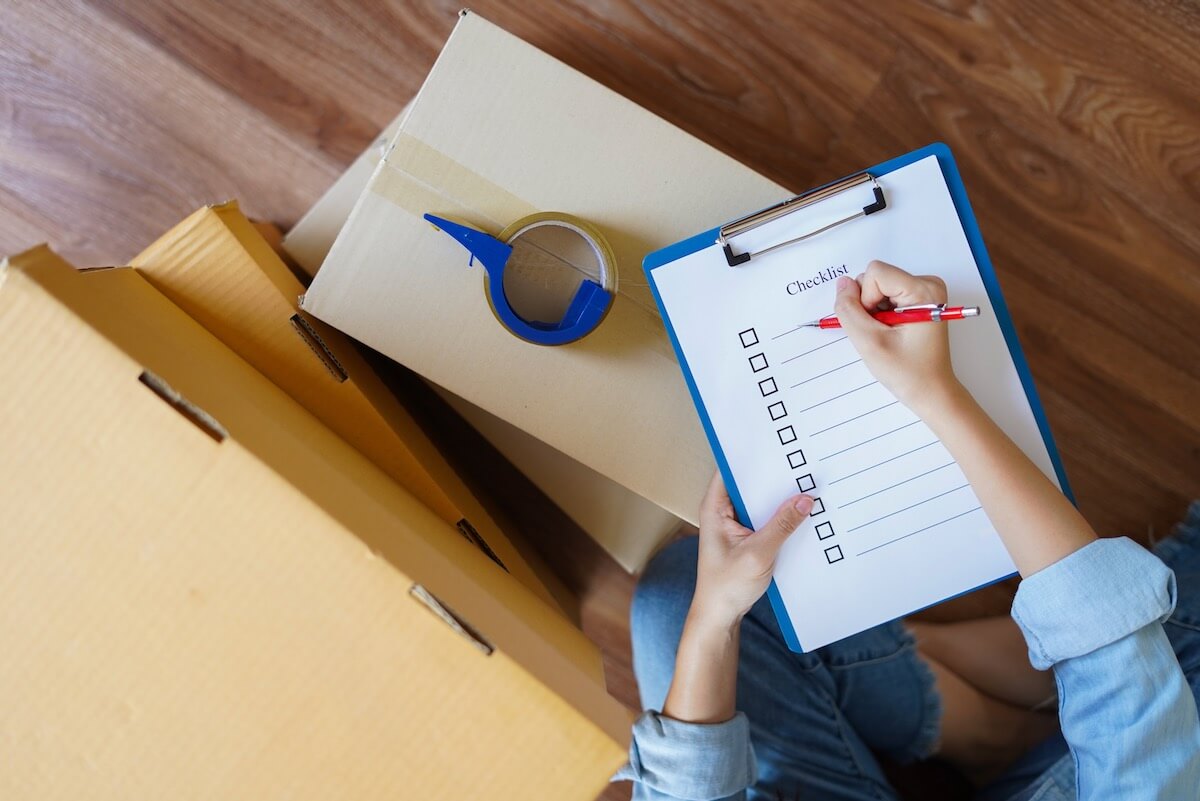

Decluttering and Sorting Belongings Before Packing
Decluttering and sorting your belongings beforehand is a crucial step in preparing for a relocation. It’s an opportunity to assess your possessions, streamline your belongings, and create a fresh start in your new home.
Take the time to go through each room, evaluating items and deciding what to keep, donate/sell, or get rid of. Consider the practicality and relevance of each item in your new space, letting go of things that no longer serve a purpose or hold sentimental value. Watch this video if you need more help on how to declutter.
The Extensive Packing Supplies and Materials List
When preparing to relocate, having an extensive packing materials list is essential for a smooth and organized relocation. The right supplies not only ensure the safety and protection of your belongings during shipping but also make the unpacking process more efficient. From boxes and tape to specialty supplies and eco-friendly alternatives, a comprehensive list covers all the necessary items. In this guide, we will explore the extensive range of supplies and materials to help you prepare for a successful relocation.
Among the essential supplies are boxes, tape, and bubble wrap. Boxes come in various sizes and strengths to accommodate different types of items. It’s advisable to have a range of small, medium, and large boxes to suit your needs. Sturdy boxes provide protection and ensure that your belongings are well-contained during shipping. Instead of paying for them, you can find free boxes on sites like Craigslist.
Tape is crucial for securing boxes and preventing them from opening during transportation. Bubble wrap offers excellent cushioning and protection for fragile items. These essential supplies work together to safeguard your belongings and keep them secure throughout the moving process.
Certain items require specialty supplies to ensure their safe and convenient transportation. Wardrobe boxes are tall, sturdy boxes equipped with a hanging bar. They are designed specifically for clothing and make it easy to transfer garments directly from your closet to the box without folding or wrinkling. Wardrobe boxes are particularly useful for transporting delicate or formal attire, ensuring that your clothes arrive in good condition and can be easily hung up in your new home.
Mattress covers, on the other hand, are protective bags that shield your mattress from dirt, moisture, and potential damage during shipping. They come in various sizes to fit different mattress dimensions and provide a barrier against stains, tears, or pests.
If you prioritize sustainability, incorporating eco-friendly supplies into your relocation process is a conscious choice. There are various eco-friendly alternatives available that reduce waste and minimize environmental impact.
Consider using recyclable cardboard boxes and biodegradable foam peanuts made from cornstarch or other sustainable materials, which can be easily composted. Replace plastic bubble wrap with eco-friendly options and use reusable containers, cloth bags, or blankets for wrapping and protecting items, reducing the use of single-use plastics.
Room-By-Room Packing Guide
A room-by-room guide is an effective approach to tackle packing efficiently. By breaking down the tasks according to different rooms in your home, you can stay organized and ensure that each area is packed with care. Let’s explore some specific relocation tips for preparing three essential rooms.
Kitchen – Packing Fragile Dishes, Appliances, and Pantry Items
Preparing the kitchen requires special attention due to the presence of fragile dishes such as glasses, appliances, and pantry items. Begin by wrapping each dish individually with bubble wrap, ensuring they are well-cushioned. Stack the dishes vertically in sturdy boxes and fill in any empty spaces with foam peanuts to prevent movement during transit.
When it comes to appliances, thoroughly clean and dry them before wrapping. Remove any detachable parts and pack them separately. Wrap the appliance in bubble wrap or blankets, securing them with tape. If possible, use the original packaging for added protection. Otherwise, select sturdy boxes and add sufficient padding.
For pantry items, categorize them and pack them accordingly. Use sealable bags or containers to prevent spills and keep items organized. Fragile items like spices or glass jars should be wrapped individually or packed in smaller boxes with appropriate padding.
Bedroom – Packing Clothes, Bedding, and Personal Items
When it comes to the bedroom, start by decluttering and sorting through your clothing and personal items. For clothes, fold them neatly or use wardrobe boxes to transport them on hangers, saving time on folding and organizing later. Place folded clothes in boxes, using dividers to keep them organized and prevent wrinkles.
Bedding such as sheets, blankets, and pillows can be packed together in large plastic bags or dedicated bedding boxes. Keep them clean and protected by placing them in sealed bags. Clearly label these boxes for easy identification when unpacking.
Personal items such as jewelry, accessories, and toiletries should be packed separately and kept with you during shipping for security. Use small containers or zippered bags to keep these items organized and easily accessible.
Living Room – Packing Electronics, Furniture, and Decor
The living room houses a variety of items, including electronics, furniture, and decor. When it comes to electronics, disconnect and label all cords and cables to facilitate reassembly. Wrap electronics in blankets, bubble wrap, or their original packaging if available. Place them in sturdy boxes, cushioning them with protective material to absorb any shocks during transit. Label the boxes as “Fragile” and “Electronics” to ensure careful handling.
For furniture, protect surfaces from scratches by using furniture covers or blankets. Disassemble large furniture pieces whenever possible and secure all loose parts. Wrap each piece in bubble wrap or furniture pads and tape them securely. Label the boxes accordingly to indicate the contents and the room they belong to.
When it comes to shipping decor items, such as vases, frames, or figurines, wrap each piece individually with bubble wrap. Place them in boxes with appropriate padding to prevent movement and protect them from potential damage.


How to Pack Fragile and Valuable Items
Fragile and valuable items require extra care and attention to ensure their safe transportation during shipping. Whether you’re dealing with delicate china, precious artwork, or sentimental heirlooms, here are some tips to help you pack them securely.
Techniques for Wrapping and Cushioning Breakables
When it comes to packing breakable items, proper wrapping and cushioning techniques are crucial to ensure their safety during transport. Here are some effective methods to protect your breakables:
- Layering with protection paper: Start by placing a layer of crumpled paper at the bottom of the box to provide a cushioning base. Wrap each individual item with several sheets and layers of protection paper, ensuring all surfaces are covered.
- Bubble wrap protection: For extra cushioning, wrap breakable items with a layer of bubble wrap. Bubble wrap provides an additional layer of protection against impacts and vibrations during transit. Secure the bubble wrap with tape to keep it in place.
- Dividers and inserts: Use dividers or cardboard inserts to separate and secure breakable items within the box. These inserts help create compartments and prevent items from shifting or knocking against each other.
Safe and Secure Packing Methods for Valuables and Sentimental Items
Valuable and sentimental items hold great importance, and shipping them safely is paramount. Here are some methods to ensure their security:
- Wrap each valuable item individually with layers of protection paper or bubble wrap. Pay extra attention to fragile or sensitive areas.
- Use appropriate containers or boxes designed specifically for valuable items. Jewelry can be stored in small boxes or pouches, while important documents can be placed in waterproof and fire-resistant safes or folders. Ensure these containers are sturdy and provide adequate protection.
- Place valuable items in a box or container with sufficient padding to prevent movement.
- For added protection, reinforce the boxes containing valuable items with extra layers of tape. Pay attention to the seams and corners of the boxes to ensure they remain intact during the move.
- Whenever possible, keep highly valuable or irreplaceable items with you during the move. Carry them in a personal bag or secure them in a locked box that remains in your possession. This ensures direct control over their safety and reduces the risk of loss or damage.
- Consider obtaining insurance coverage for your valuable items during the relocation. Speak with your overseas shipping company or insurance provider to explore coverage options and ensure adequate protection.
- Create an inventory of all valuable items you are planning to take with you, including a detailed description and, if applicable, their estimated value. Take photographs or videos of each item as evidence of their condition prior to the relocation.
- For particularly delicate or high-value items, it may be necessary to hire movers. These professionals can offer custom crating services and have experience in handling and transporting valuable items, ensuring they are protected throughout the entire process.
Proper Disconnection, Labeling, and Packing Electronics and Appliances
Properly disconnecting, labeling, and wrapping electronics and appliances is crucial to ensure their safe transport and smooth set up in your new home. For starters, disconnect and unplug all electronics and appliances, making sure to follow manufacturer instructions.
Wrap each item securely in blankets, bubble wrap, or their original packaging, and place them in sturdy boxes with proper padding. It’s key if you want to relocate appliances safely. Clearly label the boxes as “Electronics” or “Appliances” and indicate the contents for easy identification during unpacking.
Labeling and Organizing Tips
Labeling and organizing your boxes is a crucial aspect of an efficient and smooth relocation. Proper labeling helps you locate items easily during unpacking and ensures that boxes are handled correctly during transportation. Here are some helpful relocation tips for labeling and organizing your boxes.
Box Content Descriptions and Room Identification
When labeling your boxes, it’s essential to include detailed descriptions of their contents. Instead of simply writing the room name, provide a brief overview of the items inside. Clearly label each box with the name of the corresponding room it belongs to, such as “Living Room” or “Master Bedroom.”
Color-Coding System
Implementing a color-coding system can greatly streamline the unpacking process and enhance organization. Assign a specific color to each room in your new home and use corresponding colored labels or markers to mark the boxes. For example, use blue labels for the kitchen, green labels for the bedroom, and so on.
Keeping Track of Packed Items
Maintaining an inventory or checklist of your packed items is crucial for staying organized. Create a detailed list of the contents of each box, assigning them unique numbers or labels. Write this number on the box itself, along with a brief description of its contents. Keep a separate copy of the inventory list for easy reference.
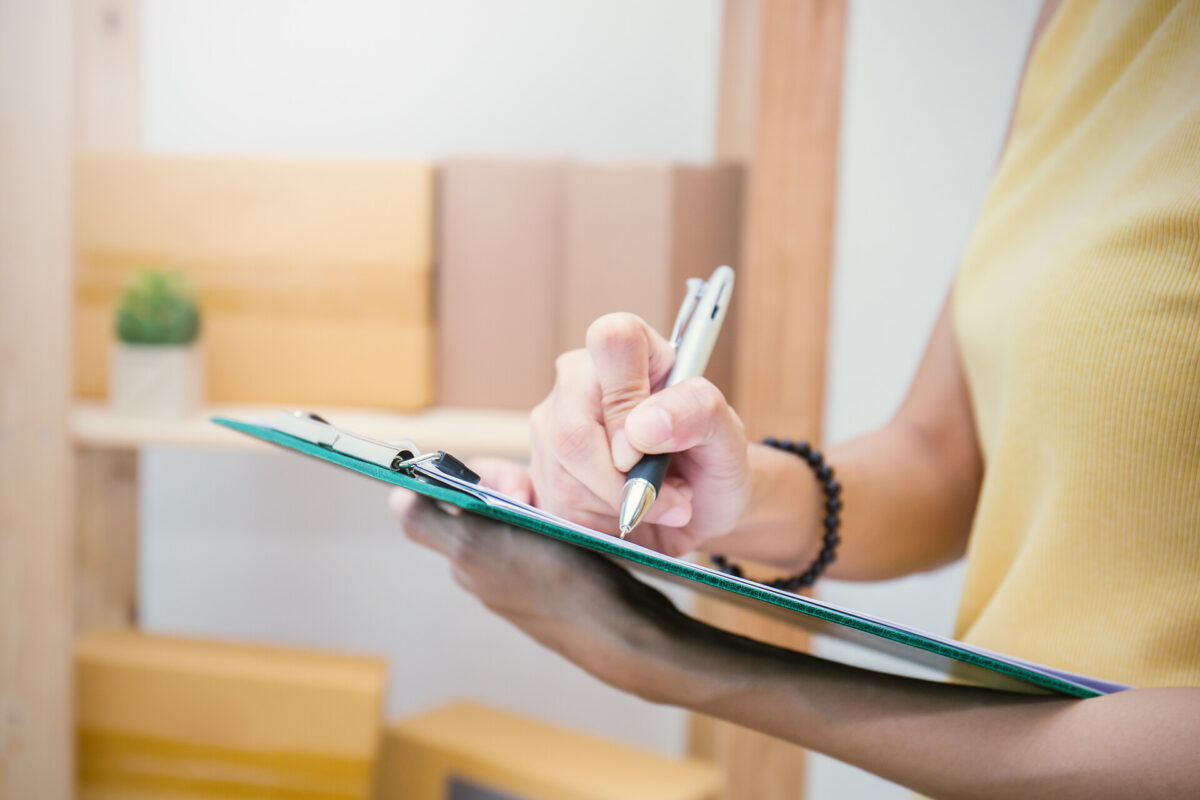

Researching Customs Regulations for Moving Overseas
Researching customs regulations when relocating overseas is a crucial step in planning. Customs regulations vary from country to country, and understanding them is essential to ensure a smooth and compliant transition. Take the time to consult the embassy or consulate of your destination country and thoroughly review their guidelines and requirements.
Pay attention to restrictions on prohibited items, documentation needed for importation, and any applicable duties or taxes. By conducting thorough research and familiarizing yourself with customs regulations, you can avoid potential delays, ensure a seamless passage through customs, and start your new chapter of living abroad on the right foot.
An International Moving Company Can Help You Pack Without Problems
If you’re having trouble organizing and shipping all of your belongings on your own, or if the mere thought of it terrifies you, don’t worry. Just choose a reliable overseas moving company to do it for you – and Sunset International Shipping is such a company.
Our professional packing services guarantee that all of your precious belongings will arrive at your new location in perfect condition. We will ship all of your items by sea, and it’s the most efficient way of shipping. You can also choose to have your belongings shipped by air if needed.
FAQ
Essential items you need to pack for relocating include clothing, toiletries, important documents, kitchenware, bedding, electronics, and personal items.
To ensure the safety of fragile items, use proper wrapping materials like bubble wrap or protection paper. Pack them in sturdy boxes, providing cushioning with foam peanuts or blankets. Clearly label the boxes as “Fragile” for careful handling.
Fold clothes neatly or use wardrobe boxes for clothing on hangers. Utilize vacuum-sealed bags or trash bags for bulky items like bedding to save space and protect them from dust and moisture.
Disconnect and label cords and cables. Wrap electronics in blankets or bubble wrap, securing them in sturdy boxes. Remove detachable parts and pack them separately. Use original packaging if available, and fill any empty spaces to prevent shifting.
Label boxes with content descriptions and the room they belong to. Use a color-coding system to quickly identify rooms. Maintain an inventory list and consider using technology or apps for easy tracking.
Use appropriate packing materials like acid-free tissue paper, bubble wrap, or custom crates. Protect framed artwork with corner protectors and mark boxes as “Fragile” and “Artwork” for careful handling.
Research customs regulations, obtain necessary documentation, and understand prohibited items, as they are also items movers won’t move. Consider hiring professional international movers who have experience with customs procedures and organizing for international relocations.
Pack valuable items individually, using layers of packing paper or bubble wrap. Use secure enclosures or small containers for jewelry and important documents. Consider keeping highly valuable items with you during the move.
Opt for eco-friendly materials like recyclable cardboard boxes, biodegradable protection peanuts, and reusable containers. Donate or recycle unwanted items to minimize waste.
There’s a lot of things to do after relocating, but unpack essential items first, such as bedding, toiletries, and kitchenware. Gradually unpack and organize room by room. Focus on creating functional spaces and personalize your new home at your own pace.



